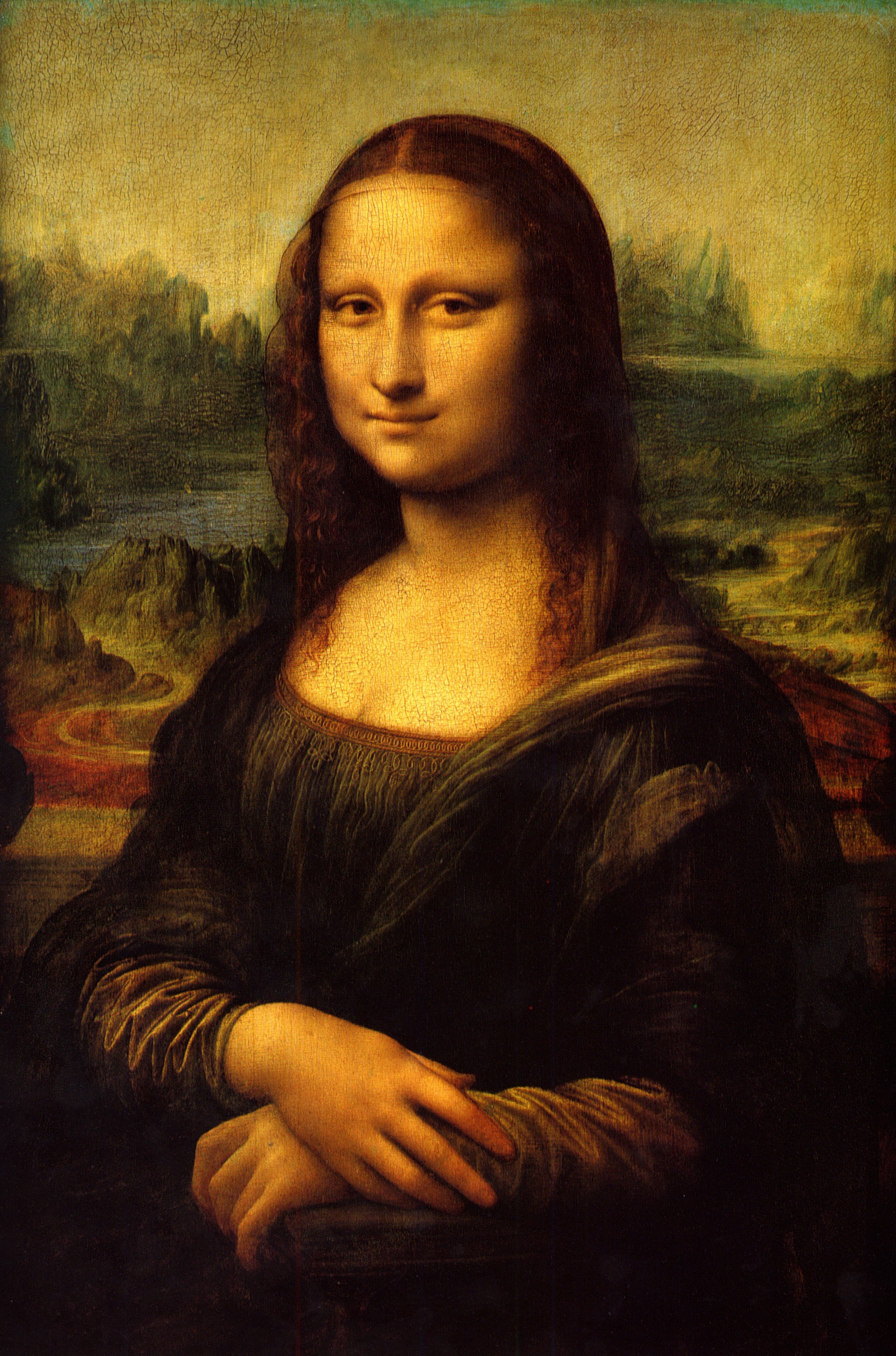Early art in Macedonia was highly influenced by the
styles of the Greeks and later the Ottomans, but it was also influenced by the
Romans as well. Many examples of religious iconography have been found, and
many of these are portrayed on the walls of cathedrals across the country.
Mosaics of the Christian icons on walls and floors were also created during
this time. Fresco painting was also a popular art form during the pre-Medieval
period. Some of the best-known examples of Byzantine frescos are found in
Macedonia.
From about the 13th century, portrait painting started to
become a popular style of painting, especially among royalty and the leaders of
the church. Intricate and highly decorated woodcarving is one art that has its
roots in this early period. Many designs were either Biblical scenes, folklore stories, or historical events. While many examples were used in the church, the
artistic styles and functions varied. And the influence from the Middle East
certainly left its mark in both its art, sculpture, and architecture.
 |
| I'm fairly certain this is a scene of someone finally telling their jerk boss what they really think. |
Macedonia has a strong painting scene thanks to four
painters who acted as the founders of modern painting in this country: Dimitar
Avramovski-Pandilov, Vangel Kodzoman, Lazar Licenoski, and Nikola Martinoski. These
painters emerged during the early part of the 20th century,
embracing movements that were popular in other areas of Europe like
expressionism and impressionism. They paved the way for other painters to step
up to the plate after they passed on.
Sculpture is also an art form that Macedonians
embraced. Several years ago, many terracotta icon statues were discovered (or
rather, rediscovered) near the city of Vinica. The father of modern sculpture
is often attributed to Dimo Todorovski. He was also a painter, but it was his
memorial at Mechkin Kamen in commemoration of the battle of the same name
(located in Krushevo) that put him on the map. That monument alone became a
national symbol. His work led the way for other sculptors such as Tome
Serafimovski and Petar Hadzi Boskov.
Much of the early architecture of Macedonia came
from the Bulgarians. Several of its early churches have been included on the
UNESCO World Heritage list. Most of them are located in and around the city of
Ohrid. In fact, there were so many in that city that UNESCO just declared the
entire city and the nearby lake to be on the list due to its historical
significance. (“You know what? I’m not writing reports for all these buildings.
Seriously, it’s 4:30pm on a Friday. Just put the entire city down and be done
with it. Now, let’s go get a beer.”) There are also several architectural
styles that can be contributed to the Ottoman Empire. Mosques, baths, and other
buildings that were built during this time have been found in many of the old
sections of towns and cities.
Literature in Macedonia is primarily written in the
Macedonian language, which wasn’t even officially acknowledged as a language
until 1946 when Yugoslavia was formed. (Maybe it was viewed more along the
lines of a dialect, perhaps?) There are generally three large literary periods:
Old Macedonian Literature (which ran from the 9th—18th
century and included the introduction of Christianity and the Ottoman
invasion), New Macedonian Literature (from 1802—1944 and included a period of
national awakening, a revolutionary period, and an inter-war period between the
world wars), and a Modern Literature period (from 1944—present).
 |
| Blaze Koneski. I think he looks a little like a cross between Philip Seymour Hoffman and Harry Caray. |
Although the earlier literary eras laid the
groundwork for the modern movements, Macedonian literature really didn’t gain
momentum until after WWII. A group of scholars led by Blaze Koneski were given
the task of standardizing the Macedonian language for usage in the government,
in education, and as a language for literature. During the time after the war, authors
starting using it as a means to write and publish freely. Several poets emerged
on the scene like Gane Todorovski, Blaze Koneski, Aco Shopov, and Slavko
Janevski. Many poets also ventured into short story and novel writing as well.
Theatre and cinema is also highly popular in Macedonia. Dramatists such as Tome
Arsovski, Goran Stefanovski, and Kole Cashule have been entertaining people for
decades on the stage. Of course, they also wrote works in prose as well.
One well-known author is Zivgo Cingo. A few of his
stories have been translated into other languages including English. His most
famous work is his novel Golemata Voda
(The Great Water), which was also made into a movie. (Unfortunately, it's not available on Netflix, at least not in the US. However, it looks like you can buy a used copy on Amazon for $3.84, and it's a Region 1 DVD too!)
Up next: music and dance












